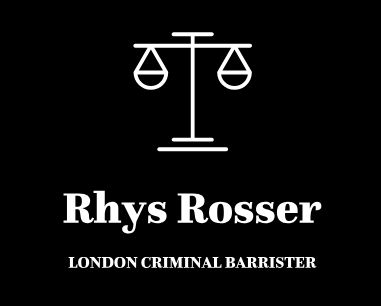What Happens after Search and Seizure?
Clients are often very concerned about the legality of a search that has been carried out, but often the best area to attack is the retention of exhibits post-seizure.

Section 19 of the Police and Criminal Evidence Act 1984 states that once a search has been carried out, a property receipt must be provided setting out the items that have been seized and that this is to be provided upon request.
Obtaining Access
Section 21 provides at subsection (3):
Subject to subsection (8) below, if a request for permission to be granted access to anything which
(a) has been seized by a constable; and
(b) is retained by the police for the purpose of investigating an offence, is made to the officer in charge of the investigation by a person who had custody or control of the thing immediately before it was so seized or by someone acting on behalf of such a person, the officer shall allow the person who made the request access to it under the supervision of a constable.
Obtaining Copies of Exhibits
Section 21 also provides at subsection (4):
Subject to subsection (8) below, if a request for a photograph or copy of any such thing is made to the officer in charge of the investigation by a person who had custody or control of the thing immediately before it was so seized, or by someone acting on behalf of such a person, the officer shall—
(a) allow the person who made the request access to it under the supervision of a constable for the purpose of photographing or copying it; or
(b) photograph or copy it, or cause it to be photographed or copied.
Ongoing Retention of Exhibits and the Legality
Searches and seizure are governed by Code B of the PACE Code, this code also deals with the approach to the retention of exhibits once they have been seized.
Para 7.5 of PACE Code B states:
An officer must have regard to their statutory obligation to retain an original document or other article only when a photograph or copy is not sufficient.
Para 7.7 of PACE Code B states that the limited power to seize property from premises or persons so they can sift or examine it elsewhere must be exercised carefully when essential and that no more material than necessary is removed. The Code continues to state:
Officers must carefully consider if removing copies or images of relevant material or data would be a satisfactory alternative to removing originals. When originals are taken, officers must be prepared to facilitate the provision of copies or images for the owners when reasonably practicable.
PACE Code B Para 7.9 makes the following clear:
It is the responsibility of the officer in charge of the investigation to make sure property is returned in accordance with sections 53 to 55. Material which there is no power to retain must be:
separated from the rest of the seized property, and
returned as soon as reasonably practicable after examination of all the seized property.
The area of retention of exhibits can be a useful tool in securing an outcome of no further action and ensuring that all relevant evidence is captured at an early stage.
Fill in the Below to Contact Rhys and to obtain legal advice










